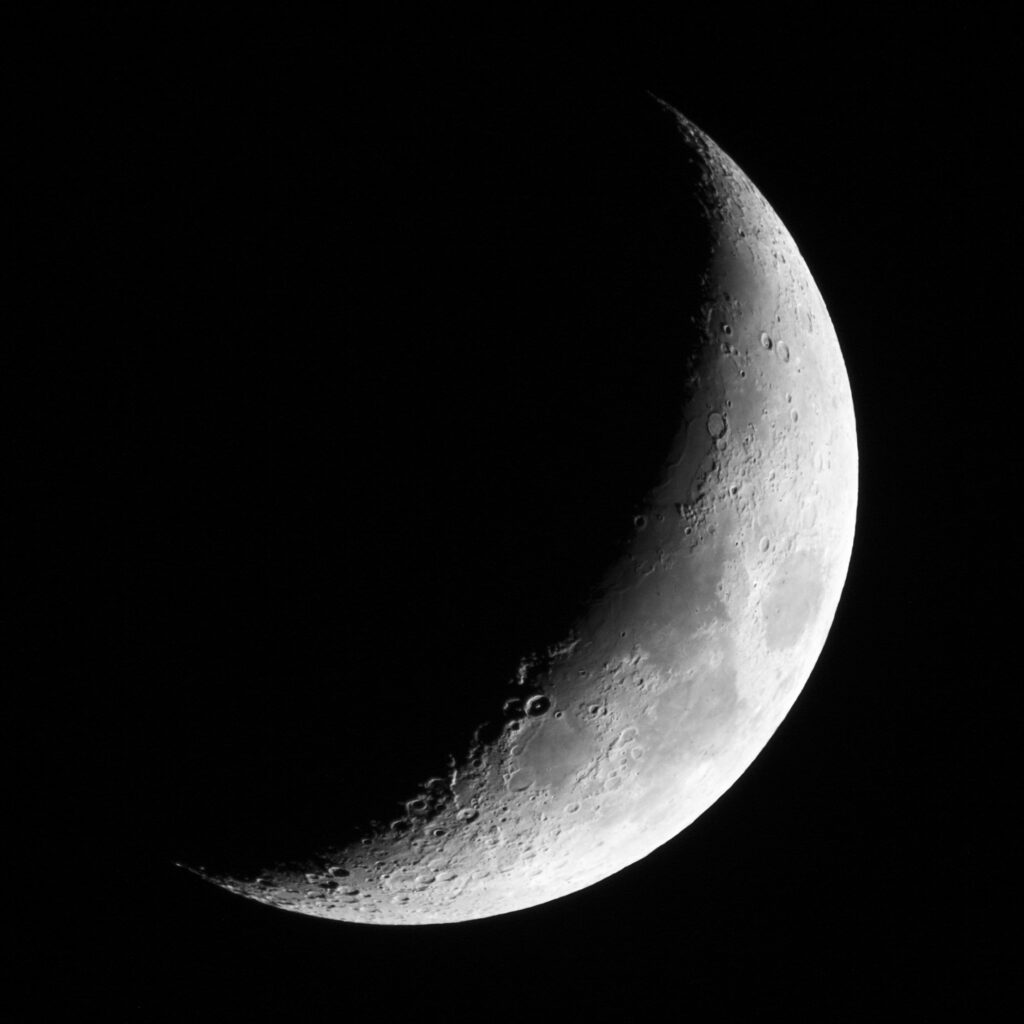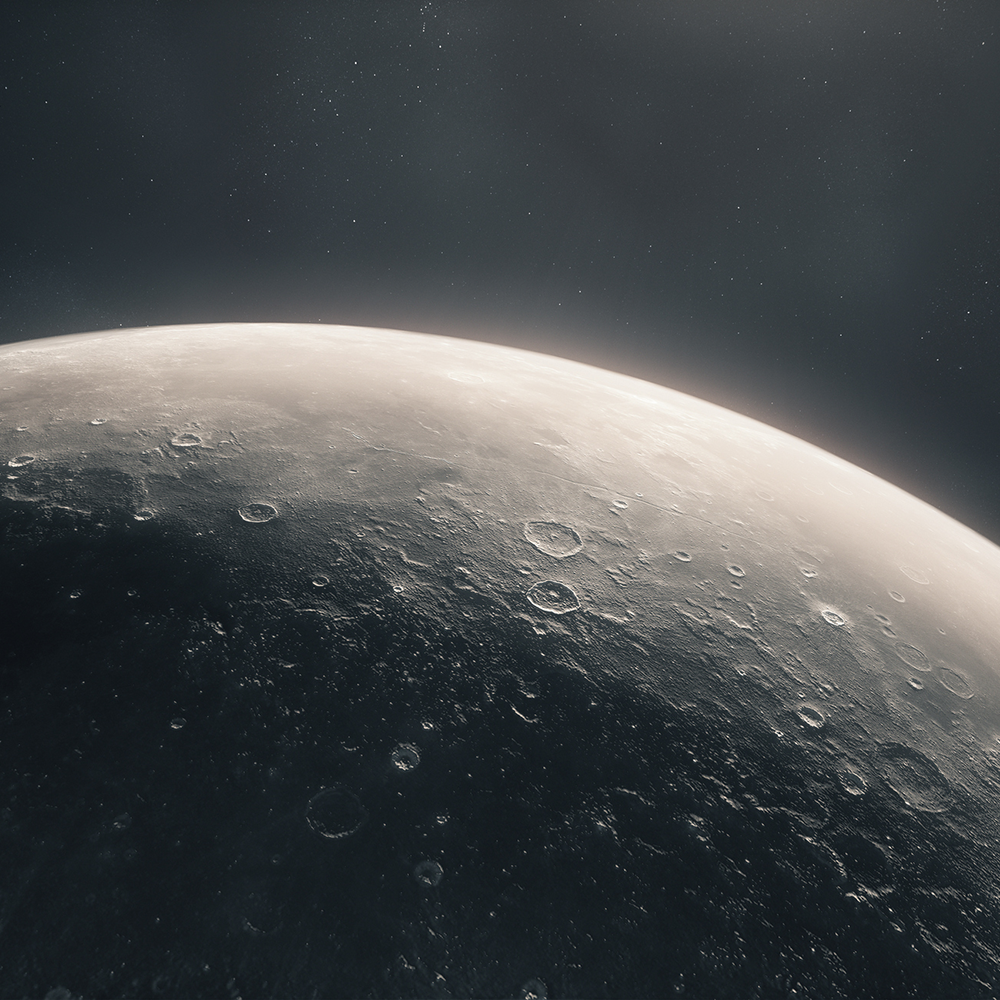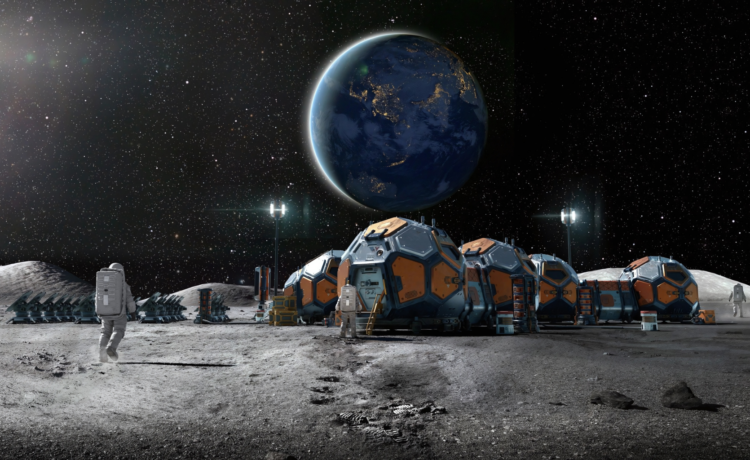Extraterrestrial Engineering and Construction (EXTEC) Research
Strategic Vision: Unite Expertise To Accelerate Readiness
Texas A&M University’s Extraterrestrial Engineering and Construction — EXTEC— research team activates the interdisciplinary internal and external collaborations required to accelerate the development and testing of materials and methods for on- and off-Earth civil engineering and construction solutions. Our driving force is to discover, develop and validate applied infrastructure solutions through robust modeling, simulation, and rigorous experimentation. Closing the knowledge gaps will mitigate risk and maximize mission success in lunar and Martian surface operations in support of the NASA’s Artemis campaign.

Radical Collaboration – We’re here to help.
A comprehensive multidisciplinary approach is required to meet the challenge of rapid and responsive technology development for the Artemis missions. No single discipline or organization is equipped with all the required insights, so the best available minds and resources must act together. EXTEC will facilitate interdisciplinary research teams across the Texas A&M Space Alliance (TAMSA), within NASA, and across industry and academia. This approach will also uncover synergies between STMD, HEOMD and SMD areas of interest.

Dust to Structures
D2S is an integrated program for ISRU-based materials characterization and development. Through experimental testing and multi-scale modeling, it will ensure the performance of infrastructure elements for dust control and repeated access to off-planet surfaces. Landing pads, berms, blast and radiation shields, roads, and path pavers are all targeted products of ISRU. This work will draw upon best practices emerging from other expeditionary-type missions in remote and extreme environments, such as in-theater military operations and global deep oceanic research (IODP). Materials and methods for constructing in the lunar environment will be a primary product of D2S.

Lunar Surface Experiments Program
LSEP is a step-wise initiative to establish the science, engineering, and materials knowledge base required to inform models and methods for lunar surface operations. Initial experiments, to be flown on early CLPS missions, will test 3-phase (solid/liquid/gas) fluid dynamics in 1/6 g, novel solar cell generation and radiative coating performance in the dusty lunar environment while ground laboratory experiments will develop methods for lunar soil consolidation. Increasingly complex and integrated deployments would ride on CLPS and NASA science and cargo missions in tandem with NASA’s path to Lunar Sustainability, targeted for 2030.
Find out more about the Extraterrestrial Engineering and Construction (EXTEC) Research project.
Contact Information
For more information, reach out to Dr. Suermann.

